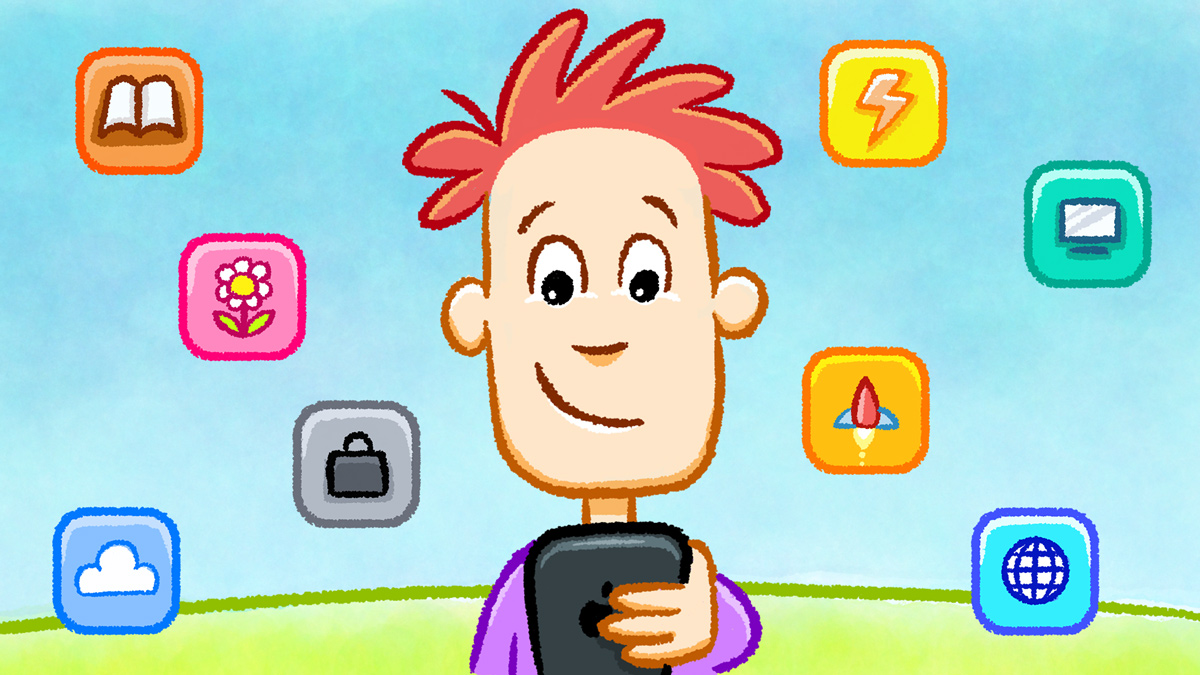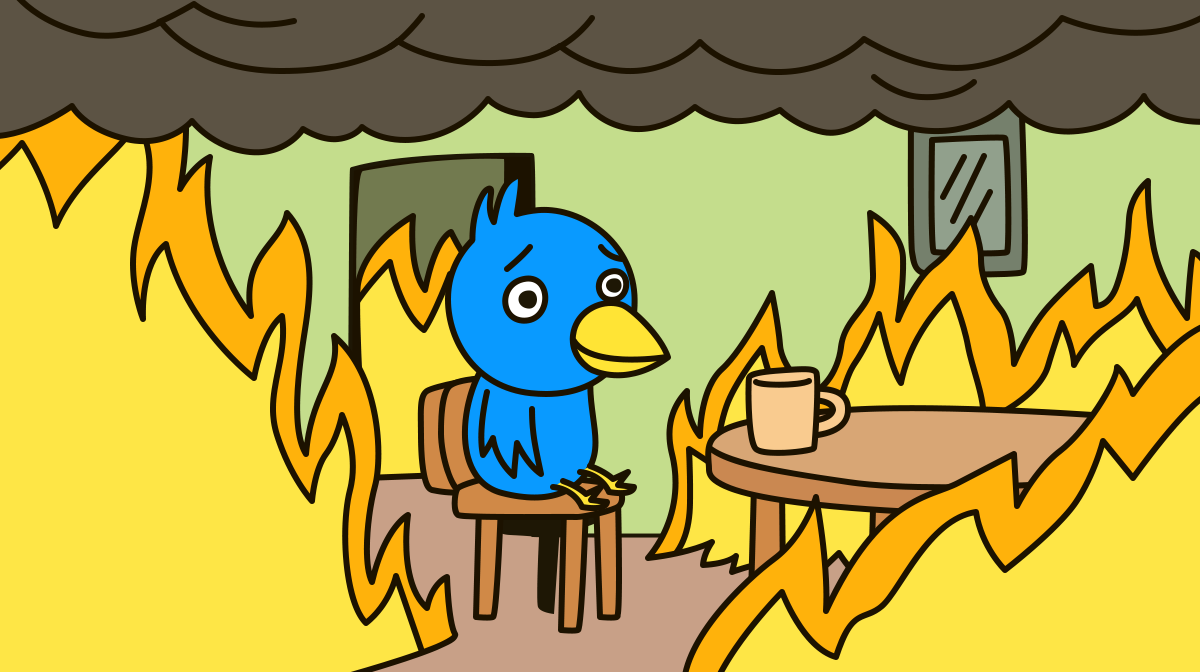
Even in the early days of the Internet, finding and keeping track of the pages you wanted to read could be difficult. Back then, adventurous individuals created their own personal web pages to keep a public log of the latest things happening in their lives. These web logs (aka blogs) spread like wildfire, and soon there were hundreds for every topic you can imagine.
This led to a problem – there were too many of them, posting too often! Enterprising developers created a way to solve this: “Really Simple Syndication” or RSS. A blog that included support for RSS opened up a whole new possibility: apps could automatically check your blog bookmarks and let you know when one of them updated!
Suddenly it was easy to keep track of your friends, family, budding journalists, plucky pundits, and obscure hobbyists. All you needed was an RSS reader and your computer could do the rest for you. By the mid-2000s, this was a popular way to consume content on the web.
However, around this same time was the rise of what we might call the modern social networking era. Websites such as Facebook appeared that were, in a way, a blog of blogs. They made it easier to post updates and find the updates posted by your friends and family. Then came services like Twitter which, while looking a little different from Facebook, followed the same model: you can keep up with everyone as long as everyone comes here!
Soon there was a mass exodus from personal blogs to these centralized services. Companies, services, and individuals stopped posting on their own websites (if they even had one anymore) and started posting on social sites. Posts started disappearing from the web and got locked behind the doors of the giant companies.
While personal blogging never went away, it was greatly diminished as people began to rely on their Twitter timelines to find interesting news or posts. Following blogs or other online sources directly was rare.
And then Twitter imploded.
While plenty of people still use the service (now unfortunately named X), the company essentially closed its doors to outside access. Apps like Twitterrific were unceremoniously banned. Services and outside blogs that used to automatically post status updates were no longer allowed. Policy changes caused people to leave for other services, go back to their old websites, or just shut their Internet browsers never to return.

Almost overnight the online information landscape shattered and became more fragmented. Millions of people scattered in different directions. Links between friends, family, and random acquaintances were severed. It felt as if the hope for a single, convenient way to check for news, updates, and posts from friends on the web was forever doomed.
But we don’t believe the dream is dead.
RSS still exists and is widely deployed. Many other similar technologies and open protocols have joined the web publishing landscape. We can dust off some of the old ways, update them with modern capabilities, and rebuild what we used to have. We don’t need to go back to checking multiple websites or apps all day long – we have computers to help with that. And now it can all be done in your pocket.
Today, a growing number of people are taking back control of their social media presence by returning to blogging or moving away from the closed and centralized products of mega-corporations. Open platforms like Mastodon and Bluesky are popular destinations built on standards like ActivityPub and the AT Protocol. These services operate like small towns that communicate with their neighboring small towns to form a larger shared community that no one completely owns – just like the web itself.
Project Tapestry is our way of embracing the return of fragmentation and the messiness of a more open Internet. We’d like to create an app to help you weave a new fabric of diverse services and protocols together into a unified and chronological timeline, so you can see what you want when you want it. We believe that rather than demanding all of our friends and family move to the same gated neighborhoods, it would be better to visit them where they already are.
But, like any community, it’ll take everyone working together to make it great. Check out our Kickstarter for more details on what we’d like to build and how you can help. Pledge what you can and give us a hand spreading the word far and wide. Thanks!